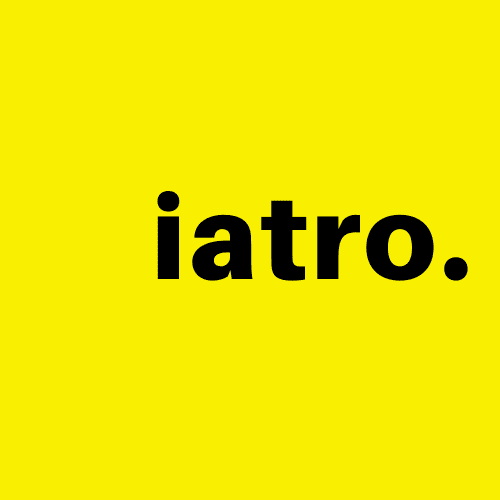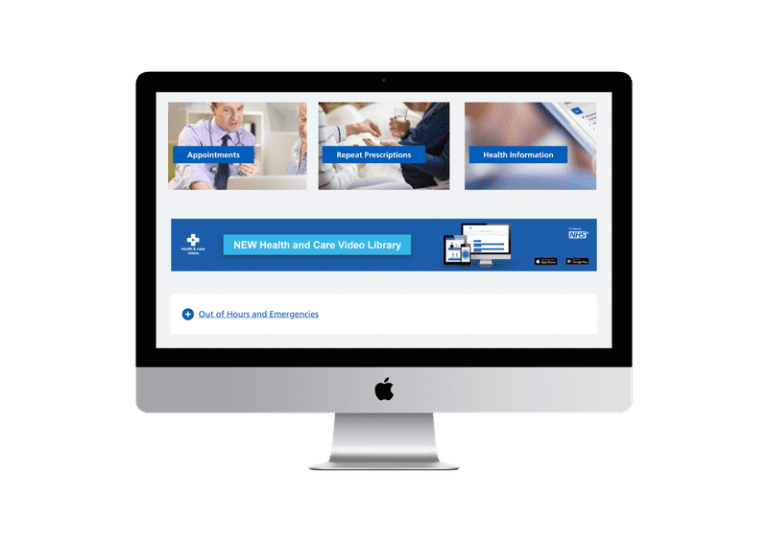Banish the Band-Aid: The Realities of Accessibility Buttons
The Lure of the ‘Easy Fix’
In an increasingly digital world, ensuring your GP Practice website is accessible to all users is a must. Enter accessibility overlays, often touted as an easy and quick fix for website accessibility issues. But hold your horses! Before you jump on the overlay bandwagon, it’s essential to dig a little deeper. This blog post is your shovel. Let’s get digging.
Peeling Back the Layers: What Are Accessibility Overlays?
Accessibility overlays are third-party tools designed to automatically solve accessibility issues on your website. Sounds great, right? But here’s the rub:
- Overlays often provide surface-level fixes that don’t address underlying issues.
- While they may seem like a cost-effective solution, their effectiveness is often limited and can even create additional accessibility issues.
Understanding the Limitations of Automated Solutions
While automation has its place, it’s not a silver bullet for accessibility. Here’s why:
- Many accessibility issues require human judgement to fix, such as meaningful alt text for images or logical content structure.
- Overlays can’t anticipate the unique needs of every user, making it impossible to guarantee a fully accessible experience.
The Impact on Patient Experience
Beyond just the technical limitations, overlays can negatively impact the user experience. Consider the following:
- Overlays can interfere with assistive technologies that users may already be using, creating a frustrating experience.
- Some users may find the added complexity of overlays confusing, especially if they’re not familiar with them.
A False Sense of Security
One of the most significant dangers of overlays is the false sense of security they provide. But don’t be fooled:
- Just because an overlay claims to make your website compliant doesn’t mean it does. The last thing you want is to think you’re covered when you’re not.
- NHS England requires that digital services be accessible to everyone, and that means addressing accessibility at its root, not just slapping on a quick fix.
- The NHS Digital service manual recommends avoiding accessibility widgets.
The Real Deal: Building Accessibility from the Ground Up
Instead of relying on overlays, consider building accessibility into your website from the beginning:
- This means working with web developers knowledgeable about accessibility guidelines and best practices.
- It might seem like more work, but building an accessible website from the start pays off in the long run.
Embracing Ongoing Accessibility Efforts
Accessibility isn’t a one-and-done thing. It’s an ongoing commitment:
- As you update your website and add new content, you’ll need to ensure that those changes are also accessible.
- Regular accessibility audits can help you identify and fix any issues, keeping your website accessible to all users.
Collaborating Across the NHS
Your GP Practice isn’t alone in striving for accessibility. Collaboration can make the journey easier:
- Connecting with other practices can provide opportunities to learn from each other’s experiences and share resources.
- NHS England provides guidelines and resources to help make your digital services accessible to everyone.
The Truth About Accessibility Overlays
In the quest for website accessibility, overlays may seem like an attractive solution. But as we’ve seen, they’re not all they’re cracked up to be. By committing to genuine accessibility efforts, you can create a GP Practice website that truly meets the needs of all your patients.



